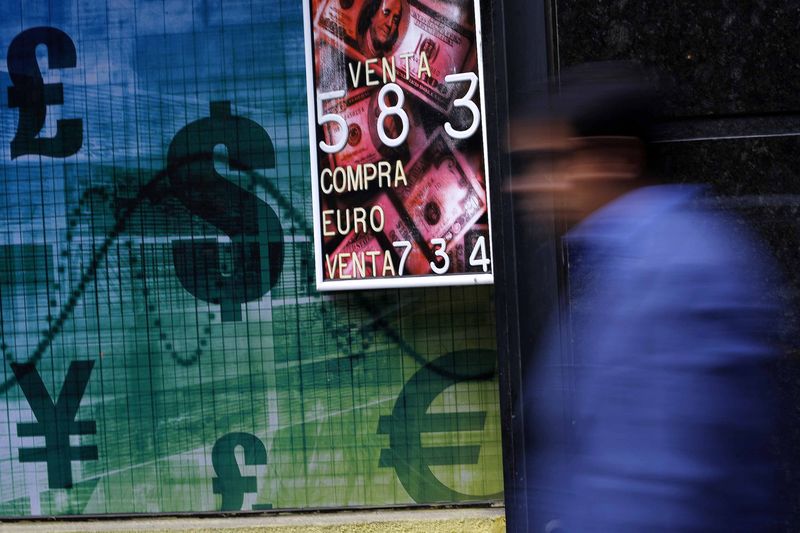By Swati Pandey
SYDNEY, April 24 (Reuters) - The Australian dollar fell and bond yields slipped to all-time lows on Friday after Westpac predicted rates will be cut three times this year, more than the market's view for two easings.
Going against the tide, Westpac Banking Corp chief economist Bill Evans - who carries tremendous credibility in the forex market for getting his calls right - sees policy easings in June, August and November.
The Australian dollar AUD=D4 fell 0.3% to as low as $0.6880, drifting towards a 4-1/2-month trough of $0.6862 touched on Thursday.
Expectations of more aggressive easing sent yields on three-year bonds AU3YT=RR to 1.091% while those on the 10-year paper skidded to 1.519%, also the lowest ever.
Interest rate futures 0#YIB: are almost fully pricing in one cut at the Reserve Bank of Australia's (RBA) June 4 meeting following guidance from Governor Philip Lowe earlier this week. A second easing is seen in October. polled by Reuters this week predicted two cuts this year - June followed by August. cut would be the first in three years after the RBA held policy at an all-time low 1.50% since last easing in August 2016.
"Our forecasts for employment, wages growth, economic growth, inflation and conditions in the housing market are consistent with the need for policy to ease through the full course of 2019, not to go on hold as early as August," Westpac's Evans said in a note.
"We see the unemployment rate drifting up to 5.4% by year's end, economic growth at 2.2% for 2019, underlying inflation at 1.4%, and the housing market still weak although approaching stability," he added.
"That means that the June and August cuts should be supported by a further cut in November."
Australia's jobless rate has climbed to 5.2% after hitting a decade low of 4.9% in February, gross domestic product growth likely braked to the slowest since the global financial crisis last quarter while inflation has undershot the RBA's 2-3% target band for 13 quarters in a row.
The dour outlook has generally led economists and financial markets to expect a stimulatory policy for a long time to come.
"We believe the RBA will at least need to communicate a dovish policy stance well into the future but may need to cut further," Citi economist Josh Williamson said in a note.
Governor Lowe, however, is optimistic about a turnaround led by expectations of income tax cuts for millions of Australian households and government spending on infrastructure. Policymakers have also taken some steps to revive the tumbling housing market which could help boost consumer sentiment and dwelling investments. the Tasman Sea, the New Zealand dollar NZD=D4 was barely changed at $0.6515, on track for its fifth straight weekly decline as markets bet that RBA rate cuts would put pressure on the Reserve Bank of New Zealand to ease again.
Earlier this month, the New Zealand central bank cut rates to a fresh record low of 1.5%, the first easing since November 2016.
New Zealand government bonds 0#NZTSY= were slightly higher, with yields down about 2-3 basis points across the curve. (Editing by Jacqueline Wong)
